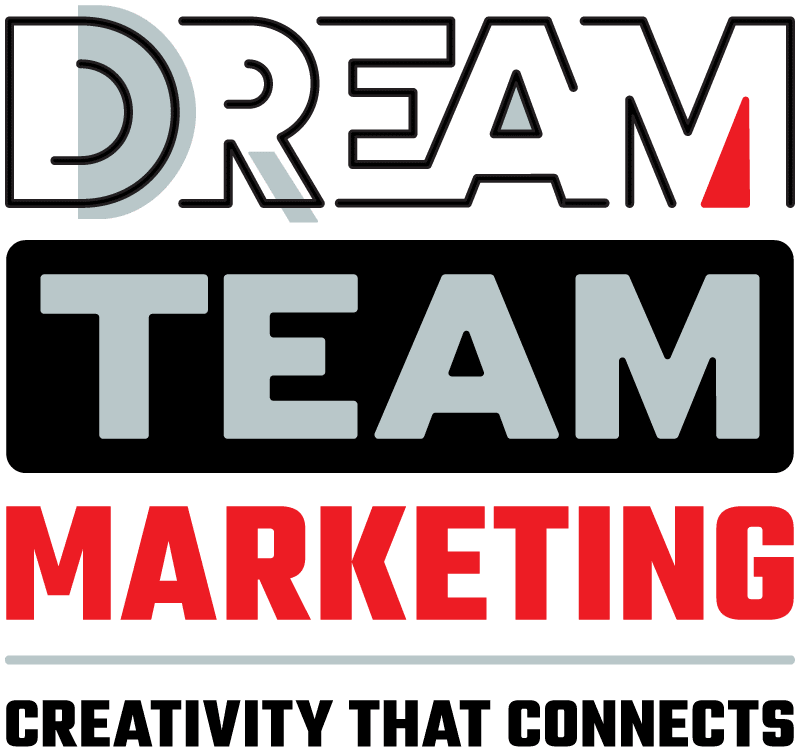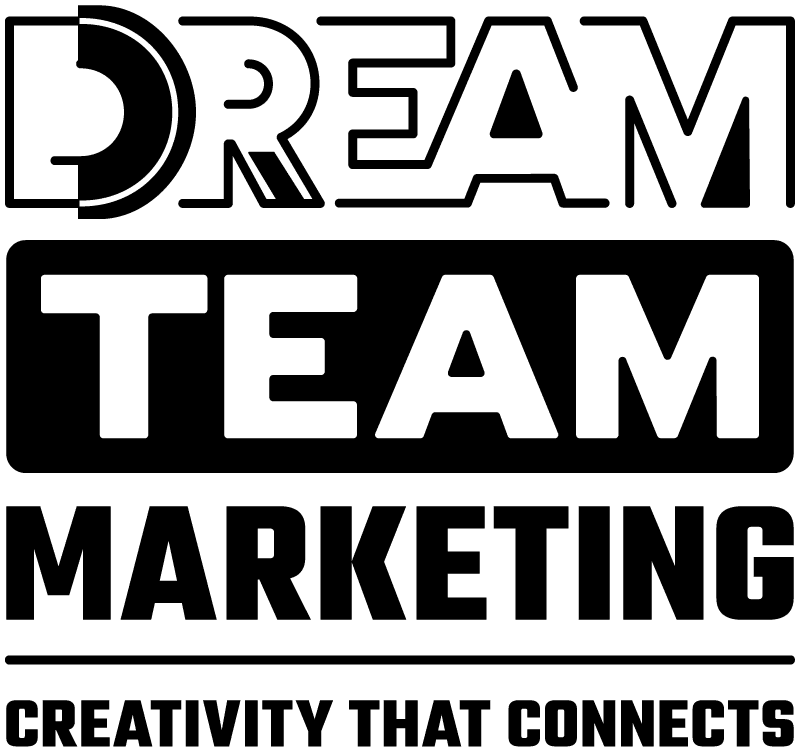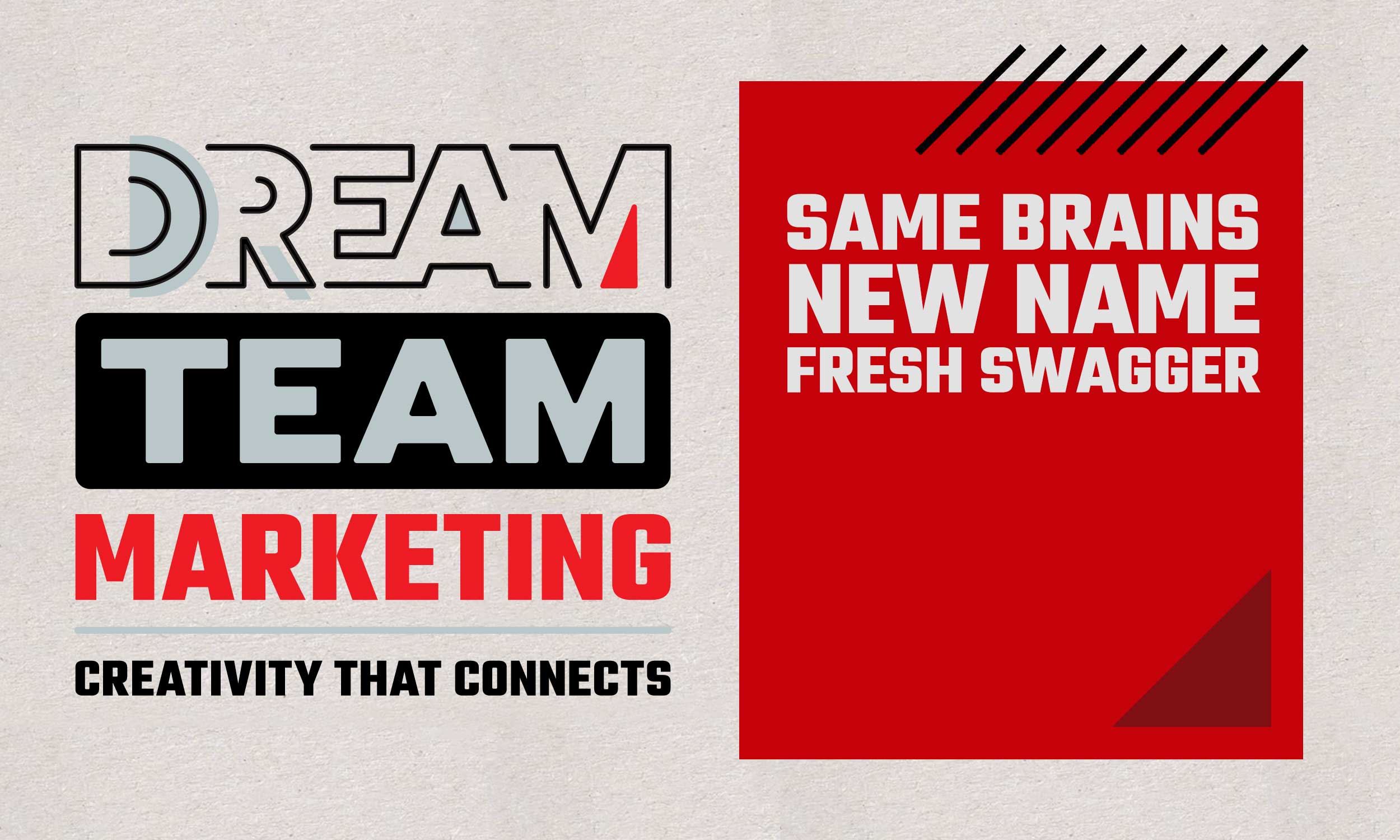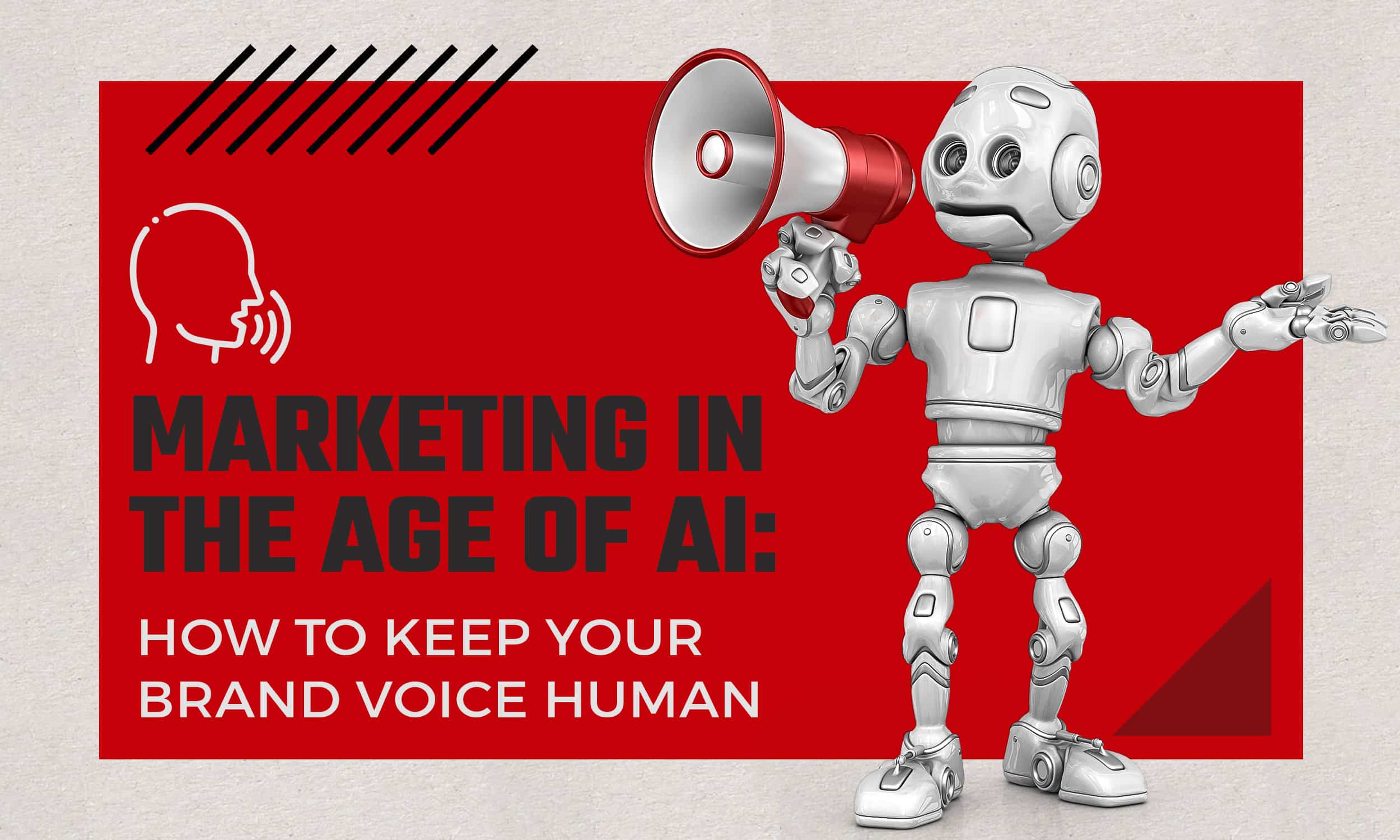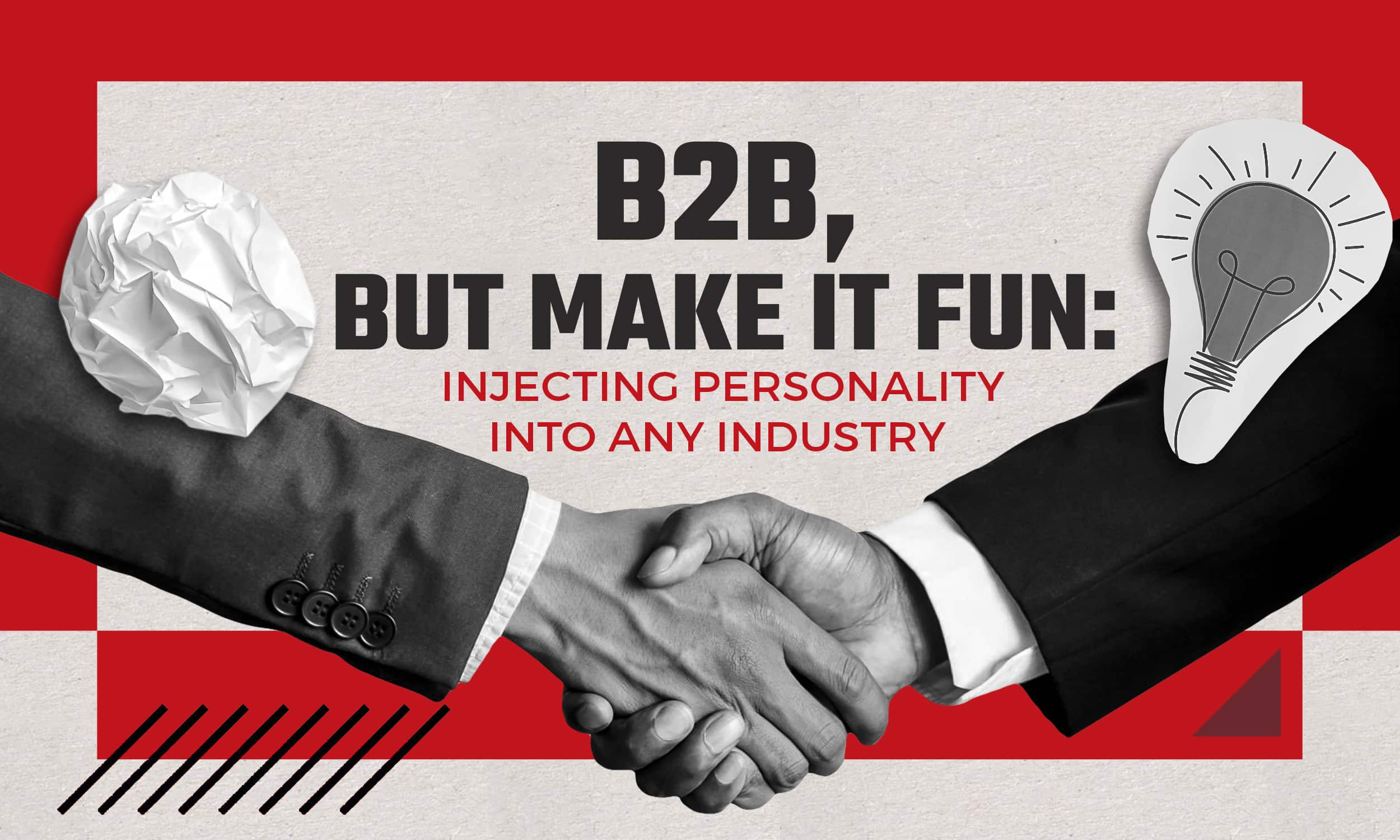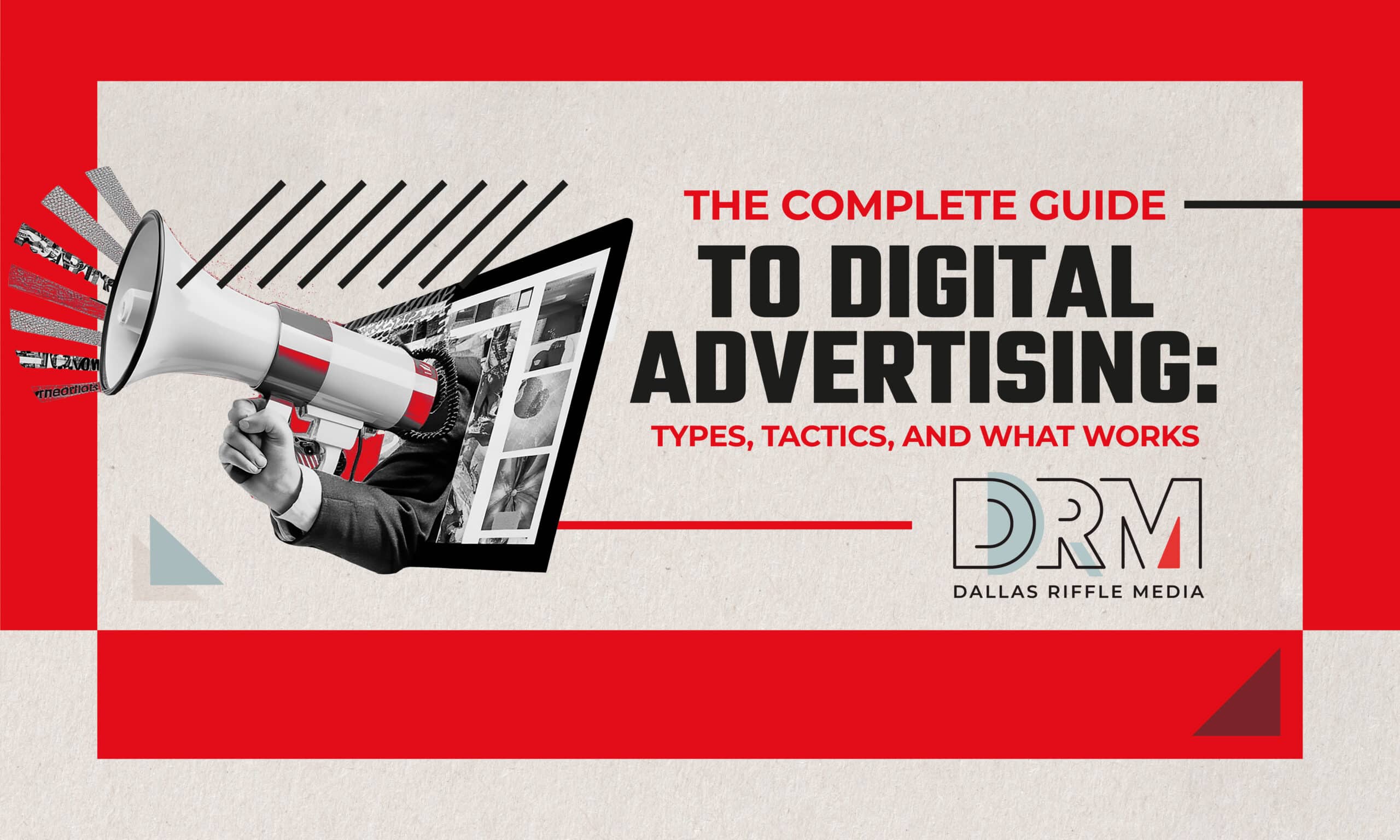
Why People Leave Websites
Nothing is more frustrating than trying to navigate a website that is poorly designed. In the wake of the digital marketing revolution, focusing on the user experience has become more important than ever. If you do not design your company’s website without your customers in mind, they are likely to move to your competition.
Thanks to the internet, customers have more options than ever which means that the time you have to grab the attention of your target audience is quickly shrinking. If someone comes to your website and cannot find the information they seek, they won’t hesitate to look elsewhere.
There are several common pain points that internet users commonly face when visiting company websites. Taking these pain points into account can help you improve your website’s customer experience and increase online conversations.
Not Mobile-Friendly
Lets be honest: If your website is not responsive, that is a huge problem. In this day and age, there is absolutely no excuse for having a website that is not mobile-friendly. It is more than likely that if you are reading this then you own a smart phone. It’s also more than likely that you have had the pleasure of trying to navigate a non-mobile optimized website on said smart phone. What is even more likely is that you were frustrated. Responsive websites are the standard now and if your website is not, it is time for an upgrade.
Confusing Navigation
Websites without a logical folder structure give us a headache. Whether your website has a god-awful navigational structure or simply way too many websites, if users cannot find the information they seek, they will go elsewhere. Make sure that your navigation menu is organized in a local way that is easy to understand. Even if your website has a lot of content to cover, try to consolidate wherever possible so relevant information is easy to find within the site’s navigation. Keep your main navigation categories simple and don’t be afraid to use sub-menus and even sub-sub-menus.
Cluttered Design
Nobody likes clutter. It’s ugly, it’s stressful and it has no place on your website. You may have noticed that simplicity has become the new standard for brand websites over the past few years. Minimalistic designs have become popular due to their clean look and simple UI. A website that is filled with too many unnecessary components is not only an eyesore but it can make finding necessary information more difficult. Let’s be honest: do you really NEED that bulky Twitter feed or that Facebook Like Box? Trim the fat and your end user experience will likely be better for it.
Not only should the layout of your site be lean to improve your overall user experience but you need to pay attention to how your page content is formatted. While we are never going to say that a website having a lot of copy is a bad thing (Google does love indexible text after all), nobody wants to sift through giant blocks of text to get to the relevant information. Pay close attention to the pacing of your content. Use multiple paragraphs and bulleted lists to break up copy into more easily digestible chunks. It also pays to strategically use text formatting like bold and italic to highlight certain words. And don’t forget to use high-resolution graphics throughout to make your page more visually appealing.
Slow Loading
It may be a millennial trait but the amount of time people are willing to wait for things has shrunk considerably. According to Kissmetrics, 50% of internet users expect a web page to load within two seconds or less and will abandon a site if it takes longer than three seconds to load. Not only does site speed affect user experience but Google now uses site speed as a ranking factor. Needless to say, page speed is very important both from a user experience perspective but also from an SEO perspective.
There are several tools online that you can use to measure your page speed including Google’s own PageSpeed Insights test along with 3rd party tools like Pingdom and GTmetrix. These tools can help you measure your site’s speed and help to fix any areas that may be slowing it down. Read our previous article about how your can speed up your site.
Obtrusive Advertising
With some websites, display ads have become a necessary evil. Several content creators who distribute free content turn to Google’s Display Network as a source of revenue. While most people simply tune out internet advertising, sometimes ads can be so obtrusive that it can hurt the overall user experience. Have you ever been scrolling through a website and are about to click on something and are then intercepted by a popover ad? You accidentally click on the ad, are taken to a website you have no interest in visiting, have to hit the back button, go back to the main website, close the ad and continue to where you first intended to go. Who actually thought this type of advertising was a good idea?
While some sites still use popups (seriously), these new display javascript display ads have become the new norm. Not only are they extremely annoying for your users but they also greatly slow down your load times. If you are completely set on using display ads for your website, make sure that they are used sparingly and in a way that will not disrupt the end user.
Unexpected Sound/Motion
Let me describe a scenario that has happened to almost all of us. Imagine you are surfing the web by yourself in your home office. The room is silent but your speakers are set to max volume. All of a sudden you hear a loud noise erupt from your speakers. Puzzled, you wonder where this loud mystery sound is coming from. No, your computer is not haunted. For whatever reason, some web designers think that it is a good idea to add autoplay sounds or video to their websites.
While adding sounds or music to a website may have been acceptable in 1994 (I refer you to my childhood Pokemon fan site made in Geocities that played a lovely MIDI version of the Peanuts theme song in the background), this is an unforgivable sin nowadays. While this is sometimes a tactic for advertisers to get more impressions with auto-play video ads, this is sometimes simply a product of an inexperienced web designer who thought adding sound was a “cool” feature. There is nothing wrong with hosting media but make sure the user needs to hit the play button before it plays.
Hopefully this guide will help you create the best user experience possible for your customers and use your website as a tool for bringing in more revenue for your company. Do you need help designing a modern website to help tell your brand’s story? Dallas Riffle Media is Cleveland’s premier full-service marketing agency specializing in website development and design. Give us a call at (216) 245-0835 or send us a quick email to set up a free consultation. Visit our website to learn about how we can help grow your company.
